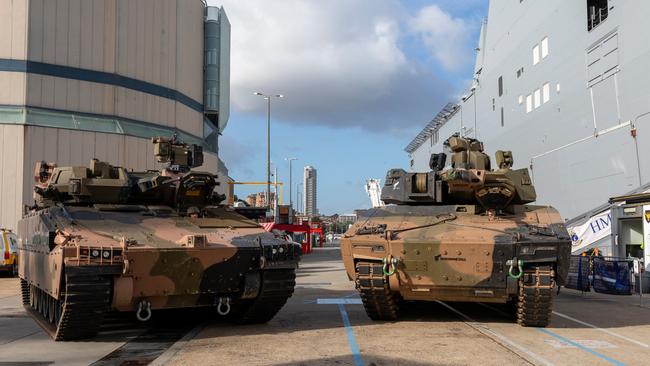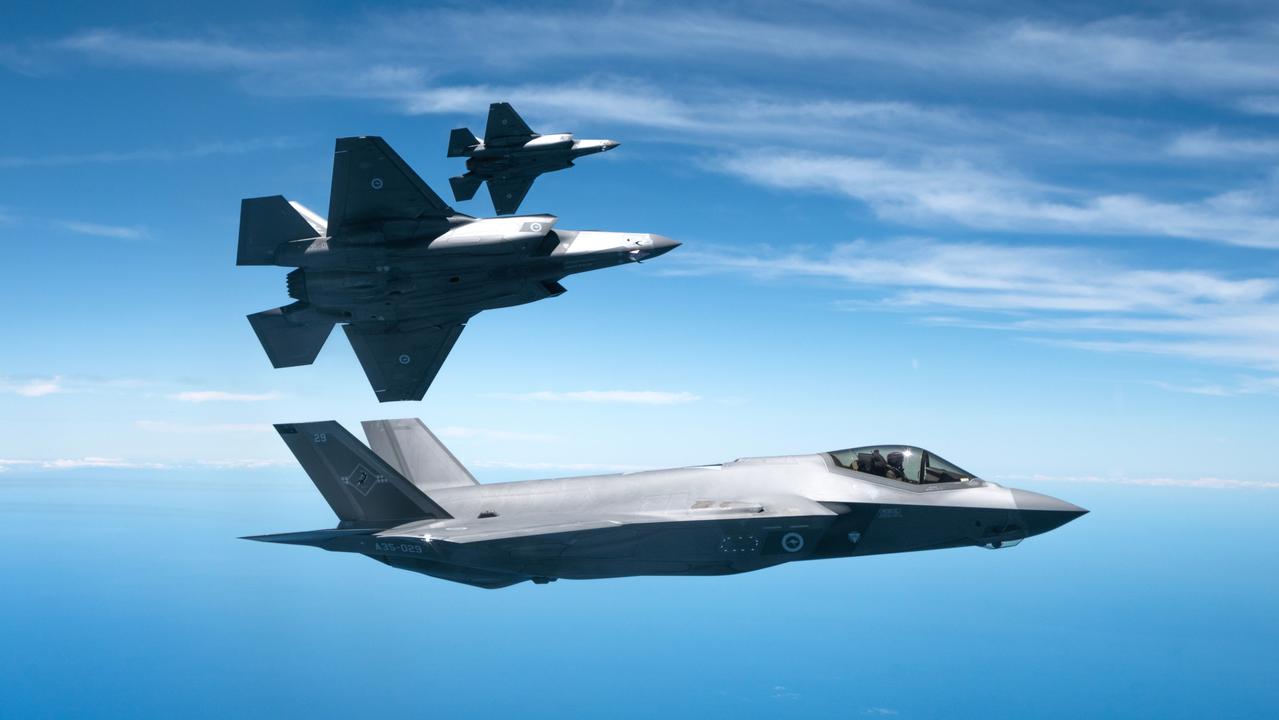Defence review expected to delay decision on Army’s IFVs
The Australian Army is seeking the acquisition of up to 450 tracked, heavily protected infantry fighting vehicles (IFVs) capable of combined arms operations designed for a major conflict.

The Australian Army has been gradually morphing from a relatively light force to one soon to be capable of combined arms operations designed for a major conflict. This is in line with gloomy assessments that strategic circumstances continue to deteriorate, caused in whole or part by a far more aggressive and powerful China.
This means that the “wars of choice” of Afghanistan and Iraq are probably a thing of the past and we must prepare for the possibility of a regional conflict involving large conventional forces.
One of the key capabilities that the army is seeking is the acquisition of up to 450 tracked, heavily protected infantry fighting vehicles (IFVs) equipped with 30mm cannon, anti-tank missiles and able to carry six to eight fully equipped soldiers. They are to replace a larger number of Vietnam-era M-113 armoured personnel carriers that outlived their usefulness at least a decade ago, mainly due to their vulnerability against a range of modern weapons.
This is a massive acquisition valued at up to $28bn.
Defence and army have completed their evaluation of the two contending vehicles – the Lynx from German company Rheinmetall and the Redback offered by South Korea’s Hanwha – but the timing of the announcement of a winner is uncertain. In fact, the extensive test and trials phase of the program, involving three IFVs from each bidder, concluded almost 12 months ago. What Defence has been doing since then seems to be internal paperwork.
However, the change of government in May could have an impact on the announcement of a winner because, not surprisingly, an early decision was to order a Defence Strategic Review – an examination of all spending priorities for the next 10 years. This is being undertaken by Sir Angus Huston and Professor Stephen Smith, a former chief of defence force and defence minister, respectively. They are due to submit an interim report by the end of October and a final version in March of next year.
As far as the army is concerned, there is no reason to delay the Land 400 Phase 3 announcement, saying it has always been their intention to do so before the end of 2022.
The argument goes that the IFVs are an integral part of the combined arms philosophy, able to carry soldiers into battle supported by Abrams main battle tanks, Apache attack helicopters, rocket artillery and self-propelled howitzers, among other assets.
If this capability were removed – or even substantially scaled back to a smaller number of vehicles – it would leave a lopsided structure unsuited for high intensity conflict. But the obvious question is: why have a review of Defence acquisitions at all if one of the major ones is excluded from scrutiny?
In fact, both the Hunter-class frigate program and nuclear-powered submarines have already been removed from the list – so if IFVs are also no longer fair game it would seem that Sir Angus and Professor Smith will only be left with opportunities to do a bit of fine tuning rather than make any major changes to the force structure of the ADF.
In the meantime, Defence have done their usual thing of muzzling the bidders, preventing them from saying anything useful about their ongoing activities.
Rheinmetall have taken this news blackout to heart and are not talking about the Lynx at all. Hanwha – always mindful of similarly doing things by the book – have been just as guarded about their Australian activities but point out that their Redback design is being actively considered by two other countries: South Korea itself and now Poland. This is because those two nations are also gearing up for high intensity conflicts potentially involving major clashes of armoured formations.
In the case of South Korea, for the past 70 years the threat has been from the North using human wave tactics and a massive armoured assault pouring across the DMZ.
Poland is embarking on a huge build-up of modern hardware to counter a possible invasion by Russia and is buying unprecedented numbers of tanks, artillery and assorted vehicles to be able to repel forces larger than those currently invading Ukraine.
One of the Redback IFVs trialled in Australia is currently in Poland being evaluated and because of the criticality of the situation, it is possible that an order could be placed by the end of this year.
If that occurs, it will see an IFV specifically designed for Australian requirements being ordered first by a European nation.
If that were to occur, many of the components and subsystems earmarked for local production might instead go to the lead customer – Poland.
However, this is a two-horse race, and it is impossible to confidently pick a winner – or even a date for when the announcement might be made.


